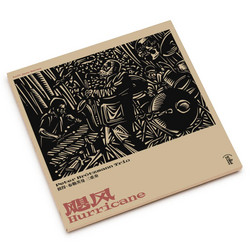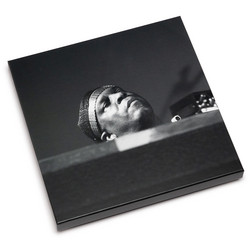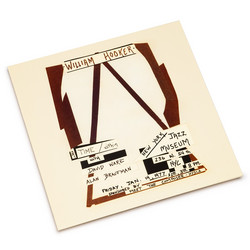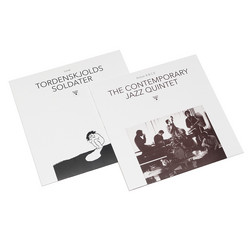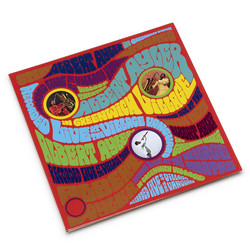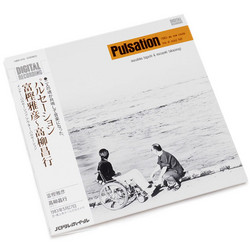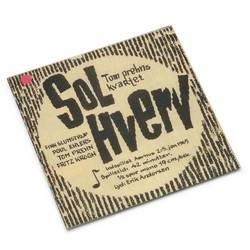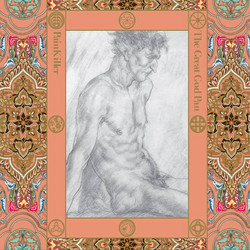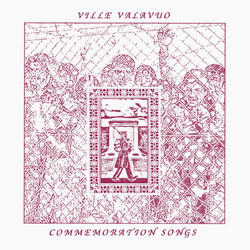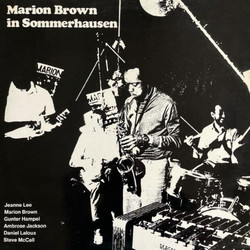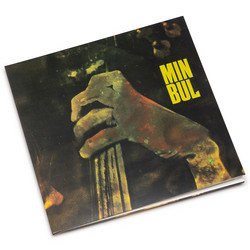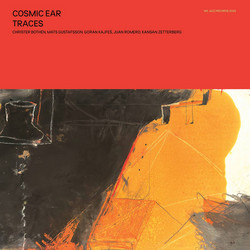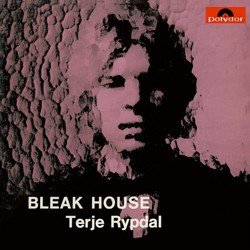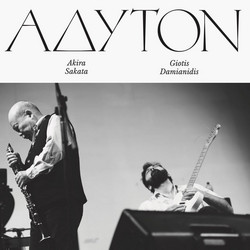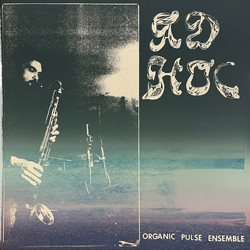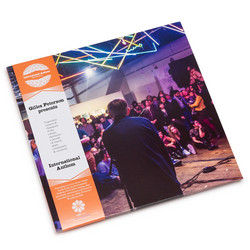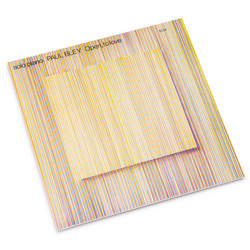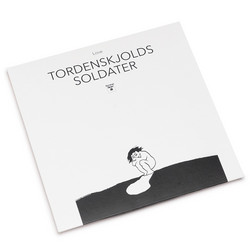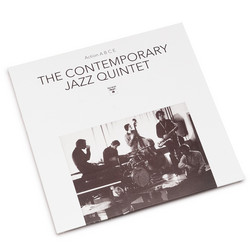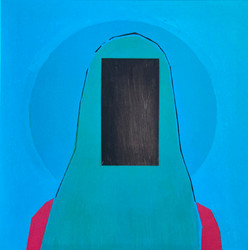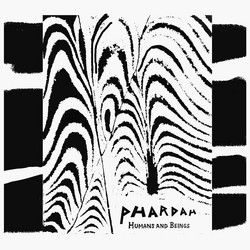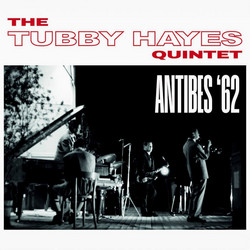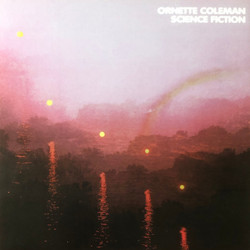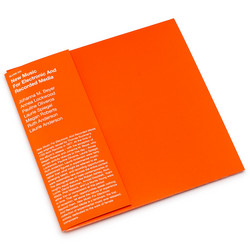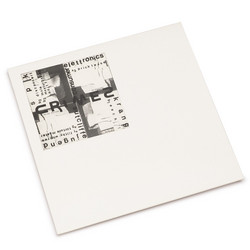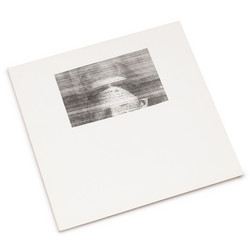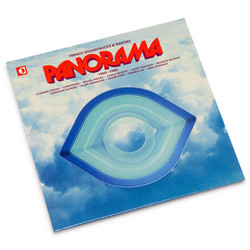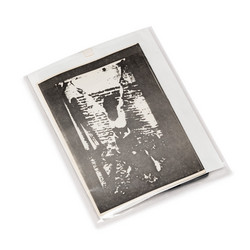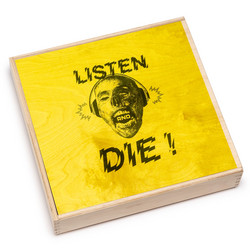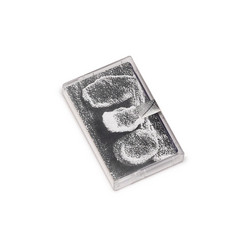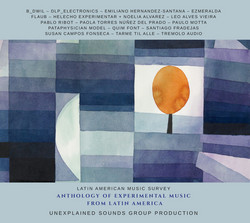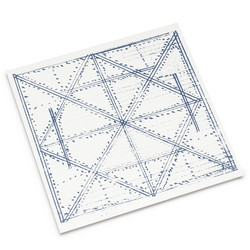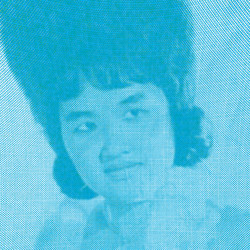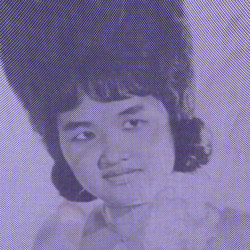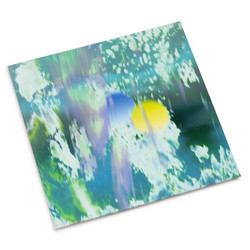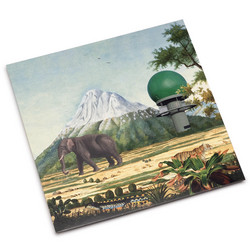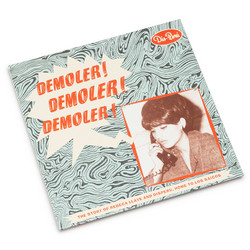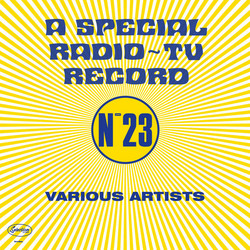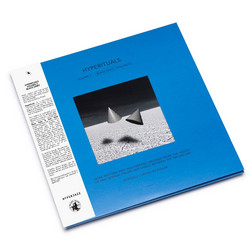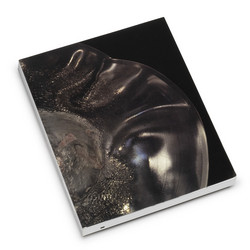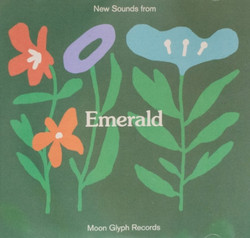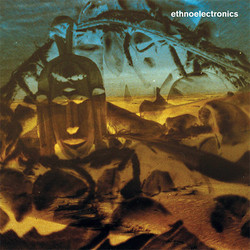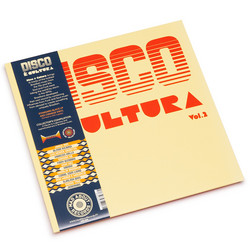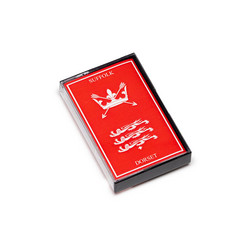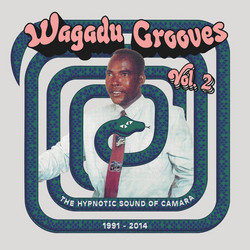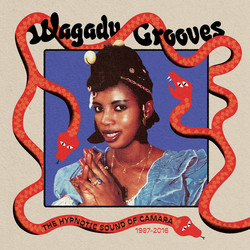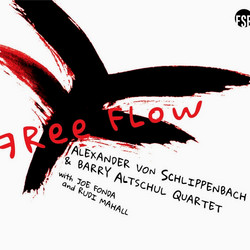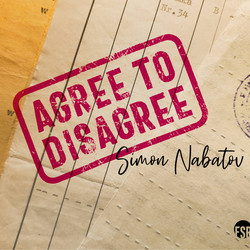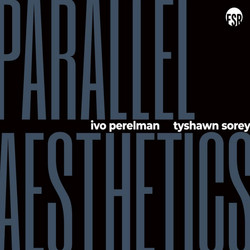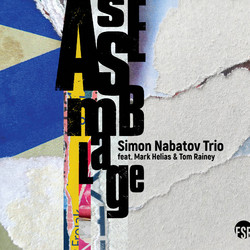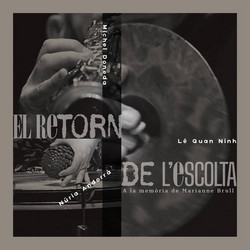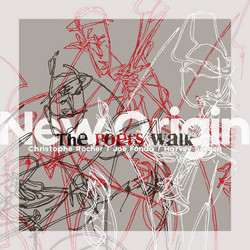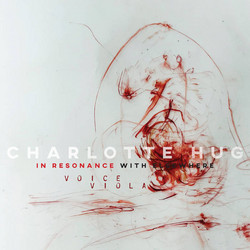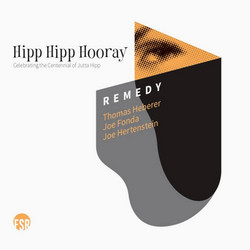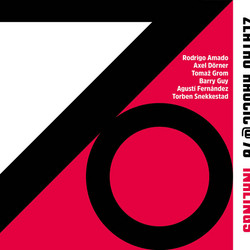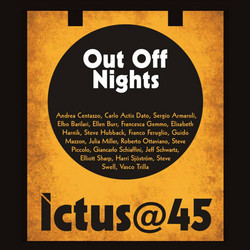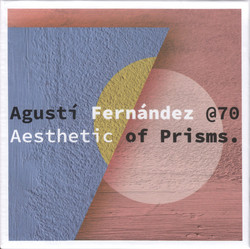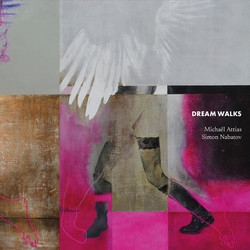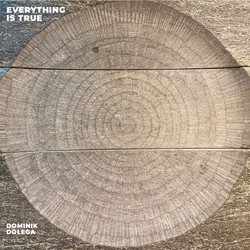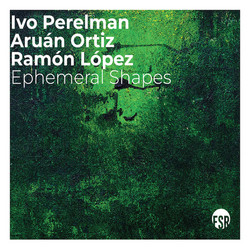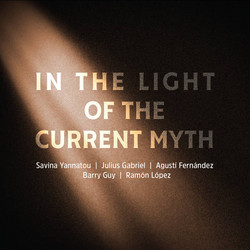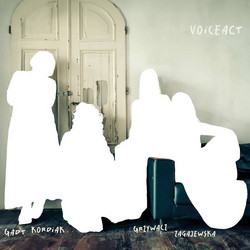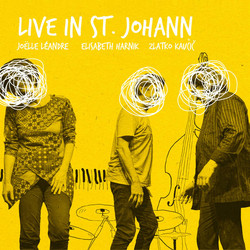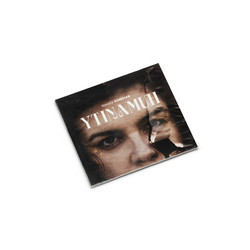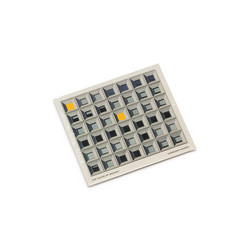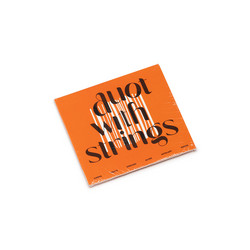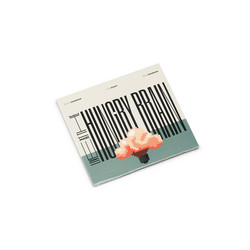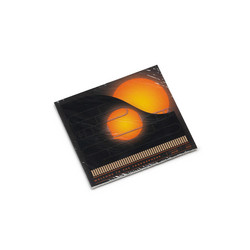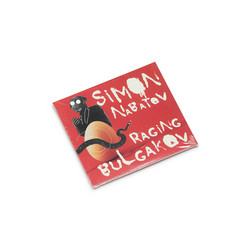"Finnish saxophonist Harri Sjöström has been calling Berlin home for nearly 40 years, and for over 10 of them, he has been organizing concerts at venues around the city, featuring a who-is-who of the city's rich improvisation scene and beyond, under the title "SoundScapes."
Starting in 2016, he extended the concept and held the first two SoundScapes Festivals in Helsinki, followed by one in Munich, and then, finally, in his adopted hometown. SoundScapes #4 was held over two mid-autumn nights in the restrained elegance of the Kuppelhalle in Berlin's Silent Green arts complex. The hall was originally a chapel for the 19th century crematorium that is now a park-like arts space tucked into the vibrant density of the city's Wedding district. Arrive at the complex from the tree-lined pedestrian street and one is struck by the solemn refinement. After entering through the arched entrance house, the Kuppelhalle is a straight shot over a well-manicured lawn. From there, one would typically proceed up a set of stairs and through large wooden doors into the stately octagonal chamber.
However, if one veers to the left on the approach towards the hall, separated partially from view by a row of trees and shrubbery, is a modern glass box entrance to a bar with its own egress into the chamber. This is where it begins. Gathered in the bar area is a mix of the concert goers and musicians, and to the right, a merchandise table to drool over. In fact, there is a great deal to salivate over when taking in the names on the list of the festival's 19 musicians gathered from Finland, Italy (two of them via Finland), Germany, Belgium, Great Britain, Greece, Austria, Australia, Portugal and the USA. At the center of it all, of course, is Harri Sjöström, and although it is his festival, he does not refer to it as "Harri Sjöström presents...," rather, he crafts the magic from behind the scenes, curating a festival built on relationships and trust, knowing that the talent involved will allow something special to happen. In fact, after the second night of shows, a chance encounter with Sjöström outside the venue by the bike stand provided a good impression of just how hands-on he is with the event. In addition to conceiving, organizing, and playing, he was picking up a jogging stroller in order to transport one of the vibraphones back to the person who had lent it for the evening.
As for the musicians, they did not bring established projects or even their own music, rather they brought themselves and the impulse to create freely. Expressed by his fine sense for unconventional and risky constellations, Sjöström succeeded in composing some extraordinary groupings, from trios to octets – surly painstaking in detail -, and gave each 15-minutes to develop their set, live, from the middle of the stately hall. Listeners of improvised music know that sometimes 15-minutes alone is needed for a group to get its bearings, so the time pressure
forced an immediacy and instinct to every encounter. Now, I'm relying much on memory of the event and of a review that I fortunately wrote for a German jazz magazine, but starting things off, percussionist Olavi Louhivuori, pianist Libero Mureddu, woodwindist Frank Gratkowski, violinist Philipp Wachsmann, bassist John Edwards and flutist Livia Schweizer, under the name of "Cheers for Good Times!," swiftly developed a captivating rapport, their sounds blending into a cohesive and vibrant whole. After a very quick change over, the quartet of microtonal accordionist Veli Kujala, trumpeter Liz Allbee, vibraphonist Els Vandeweyer and Harri Sjöström followed, delivering a luminous
piece filled with bright arpeggios and shimmering tones. Next, the trio of percussionist Tony Buck, french hornist Elena Margarita Kakaliagou, and keyboardist Liz Kosack crafted an atmospheric musical panorama, layering liquid-like electronics, airy brass, and intricate percussion. While each of the nine sets that night was compelling, one particular sextet—with pianist Elisabeth Harnik, Edwards, Buck, Sjöström, Vandeweyer, and Wachsmann—stood out, building a gripping fifteen minutes rife with tension and rhythmic drive.
On the second night, the mood felt - at the moment - more subdued and atmospheric than the previous evening. Trombonist Sebastiano Tramontana, drummers Olavi Louhivuori and Andrea Centazzo, along with Wachsmann, Edwards and Sjöström kicked off the night by unfolding pieces of improvised New Music pointillism. Then Buck, Louhivuori and Centazzo, going by the name of "Mother's Delight," crafted a subtly layered percussive piece which built to a hypnotic peak. The set by an octet featuring trombonist Giancarlo Schiaffini, cellist Guilherme Rodrigues, vibraphonist Sergio Armaroli, along with Gratkowski, Tramontana, Kujala, Sjöström, Wachsmann and Schweizer exemplified the understatedness of the second night with a merry-go-round of tonalities. They undulated, buzzed, swooped and droned and
with a surprising sentimental turn at the end. Centazzo then introduced the idea of "blowing bubbles" as a form of improvisation, closing the set with a sudden sample of a soul tune. The final set of the evening featured the quartet "TWOOWT," comprised of Armaroli, Mureddu, Vandeweyer, and Harnik, whose performance unfolded like a sonic tapestry of extended techniques. The piece pulsed with rhythmic energy, powered by the percussive interplay between two vibraphones and two pianos, creating a richly layered soundscape that left a lasting impression. The event came to a close with a tutti in which all 19 musicians performed a collective remembrance of the then recently passed cellist Tristan Honsinger.
I recall walking out into the mild mid-autumn night with - as best I can describe - a generally "warm" feeling about the whole event. While I have had the chance to attend other SoundScapes events from time to time since they have always somehow still carried a bit of an afterglow from these memories. Hearing the festival's music again - the audio tracks in their mastered form - exactly one year later, has revealed to me, I think, why these feelings have lingered. One can hear the deep respect that the musicians have for each other, their thoughtful, tacit negotiations, and the musical chance-taking that they took, making each of the 18 short sets over the course of the two evenings uniquely enjoyable.
If you were there, this collection serves certainly as a nice memento, as a way to hold those subconscious impressions in your hand, but it also is much more, as re-listening reveals details that both belie and confirm the recollections. If you were not there, this collection acts as an earwitness to the beguiling impact of musical improvisation, the power of instant composition, and the structuring of the intangible. Truly SoundScapes is worthy of visiting, again and again." - Paul Acquaro
